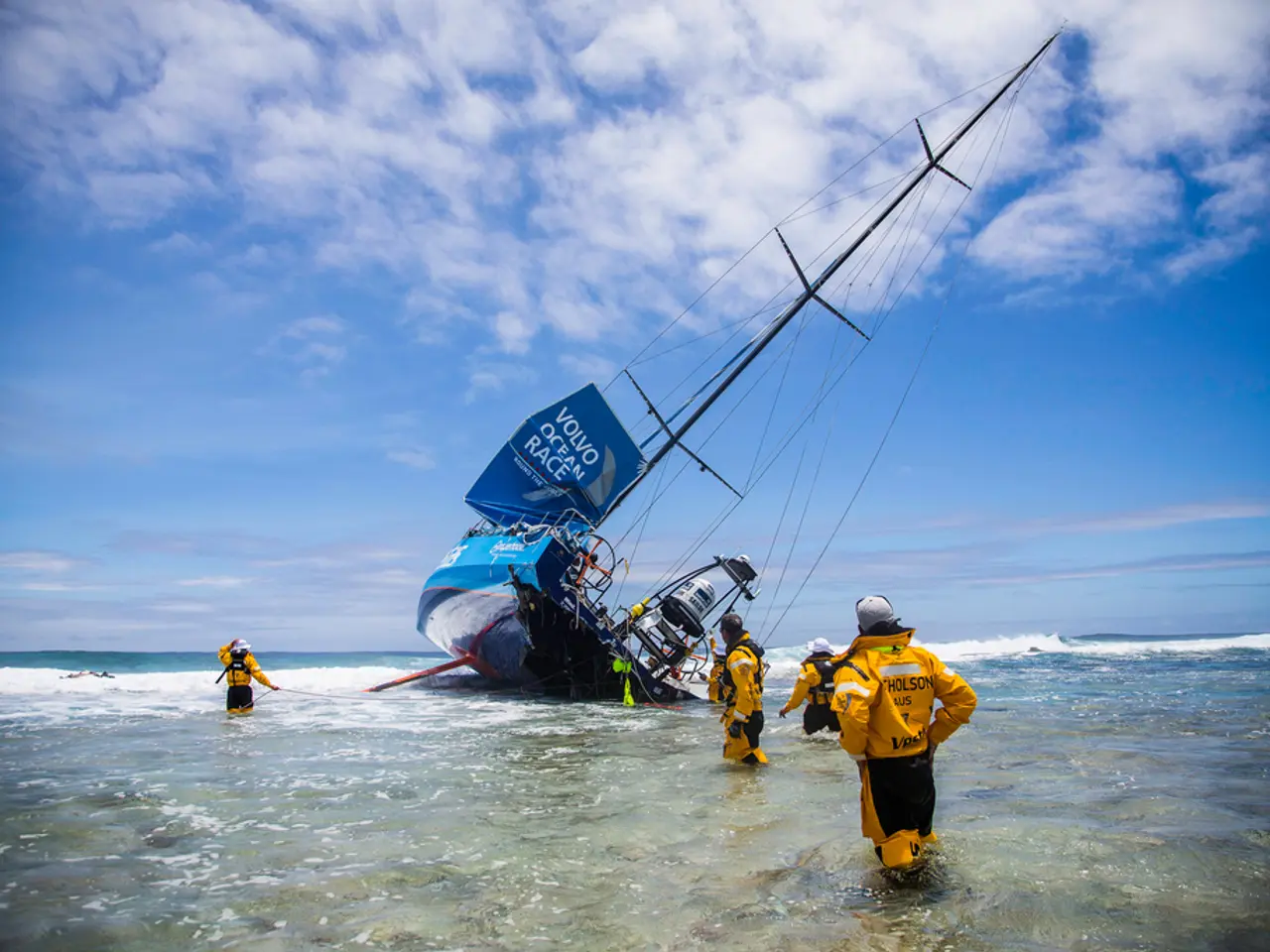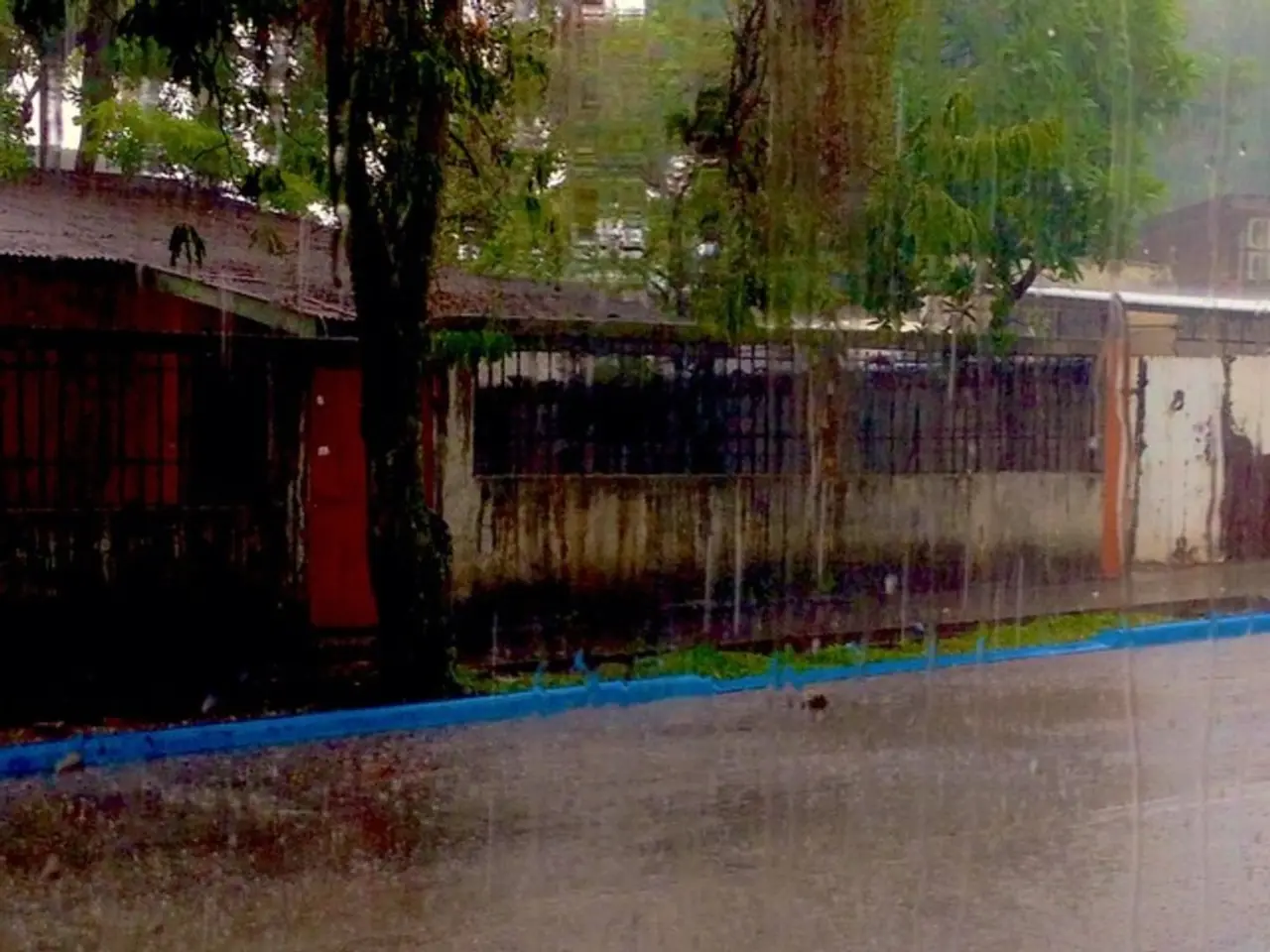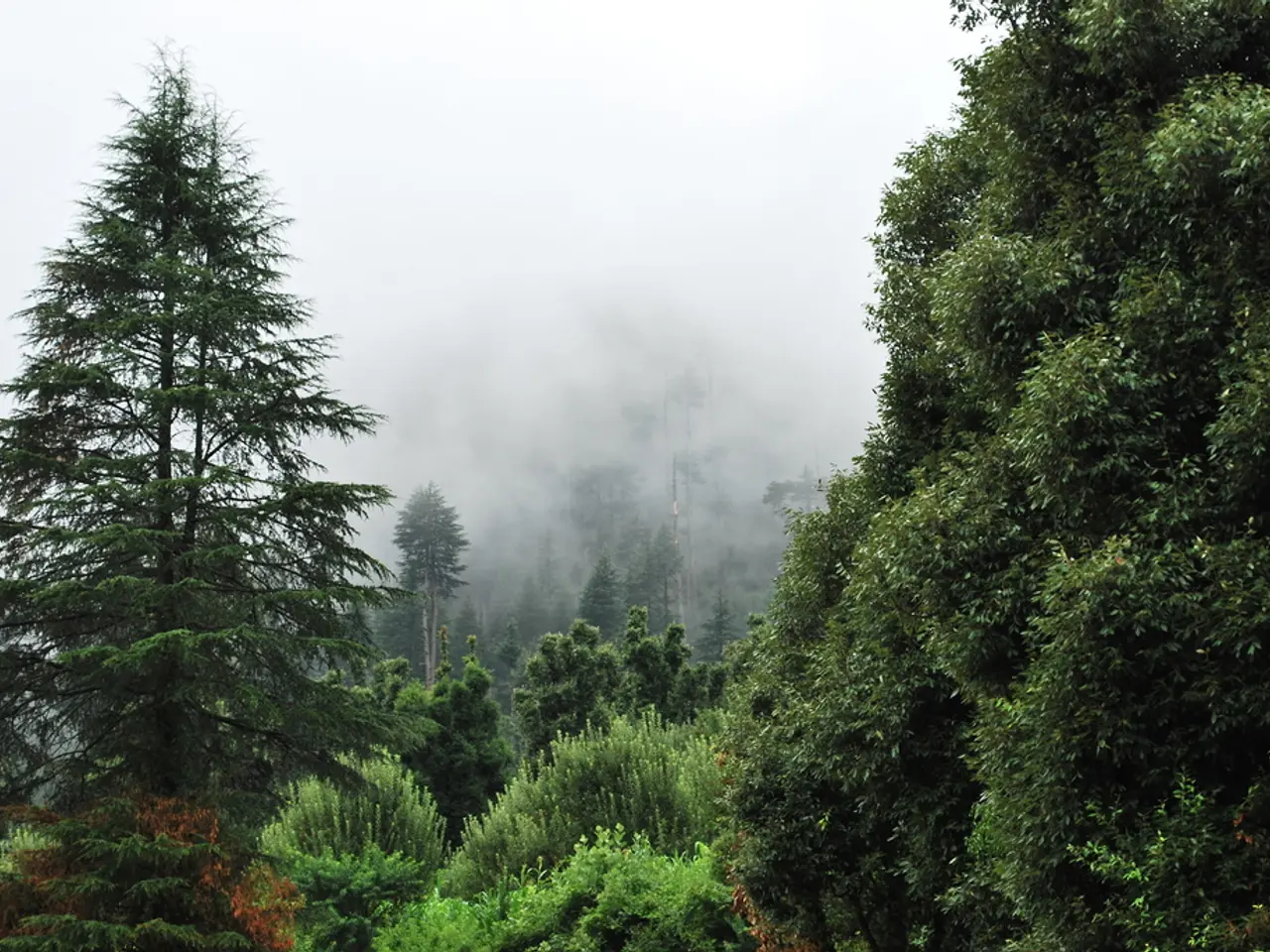Coastal evacuation orders lifted throughout the Pacific, enabling millions to return home; a single fatality reported in Japan during evacuation, yet the nation lifts all tsunami warnings by Thursday afternoon.
Strongest Earthquake in Decades Strikes Russia's Far East
A catastrophic event unfolded in the Pacific region on July 30, 2025, as a powerful earthquake of 8.8 magnitude struck off the Kamchatka Peninsula in Russia. The quake, one of the strongest ever recorded globally, triggered a series of events that affected numerous countries.
Earthquake Details
The epicentre of the earthquake was approximately 119 km east-southeast of Petropavlovsk-Kamchatsky, the administrative centre of Kamchatka Peninsula. Tied as the sixth-strongest earthquake ever recorded, this seismic event was also the strongest in the Kamchatka region since 1952 [1][2].
Tsunami Impact
The earthquake generated tsunami waves, with the highest reaching up to 4 metres in Russia’s Kuril Islands. Tsunami warnings were issued across the Pacific, encompassing Japan, Canada, Alaska, Hawaii, and New Zealand, among others [2][3]. In Japan, tsunami waves up to 40 cm were recorded off Hokkaido.
Damage and Injuries
Moderate damage occurred on Kamchatka and Sakhalin Oblast, with multiple injuries reported. Infrastructure in Petropavlovsk-Kamchatsky, such as a kindergarten, was damaged. The governor of Kamchatka described the earthquake as "serious and the strongest in decades" [1][3].
Volcanic Eruption
Following the quake, Klyuchevskaya Sopka, an active volcano on Kamchatka, began erupting, indicating a geological response to the seismic event [1].
Aftershocks and Evacuations
Numerous strong aftershocks followed, with magnitudes reaching 6.9, causing ongoing concern for the local population [3]. Over 900,000 people in Japan’s eastern coastal areas were ordered to evacuate as a precaution against the tsunami threat [3].
Relief Efforts
In Chile, the disaster response agency Senapred downgraded its warning from "alert" to "state of precaution" in at least four areas. Fears of a deadly disaster subsided across the Pacific, including the United States' West Coast and several Latin American countries [4].
The only reported death from the tsunamis was a woman killed in Japan when her car fell off a cliff as she tried to escape [5]. Despite the threats, the Galapagos Islands reported a surge of just over a metre, causing no damage [6].
In conclusion, the 2025 Kamchatka Peninsula earthquake generated a large tsunami affecting multiple countries around the Pacific, caused moderate local damage and injuries, prompted significant evacuations, and triggered volcanic activity, highlighting its extensive geological and human impact [1][2][3].
[1] Japan Meteorological Agency (JMA) [2] United States Geological Survey (USGS) [3] Russian state television [4] Senapred (Chilean disaster response agency) [5] Local Japanese authorities [6] Galapagos National Park Service
In the aftermath of the catastrophic earthquake in Russia's Far East, concerns about potential political instability and military tensions in the region arose due to the widespread damage and evacuations caused. Moreover, the unpredictable weather patterns and the subsequent tsunami warnings issued across various countries underscored the need for international cooperation to mitigate these disasters in the future.








